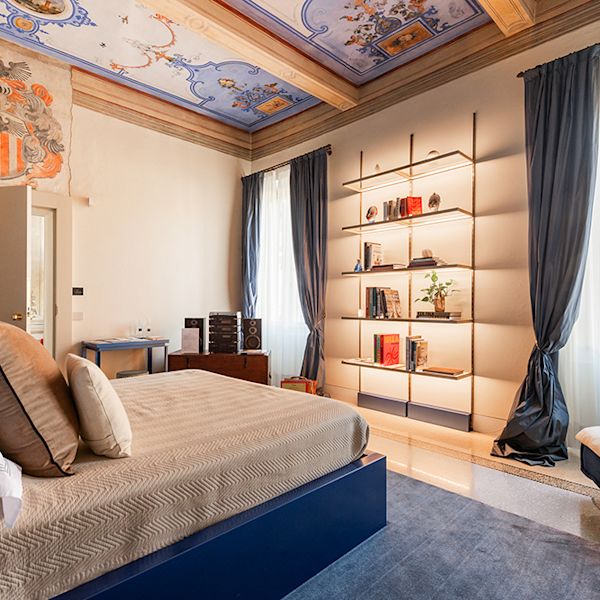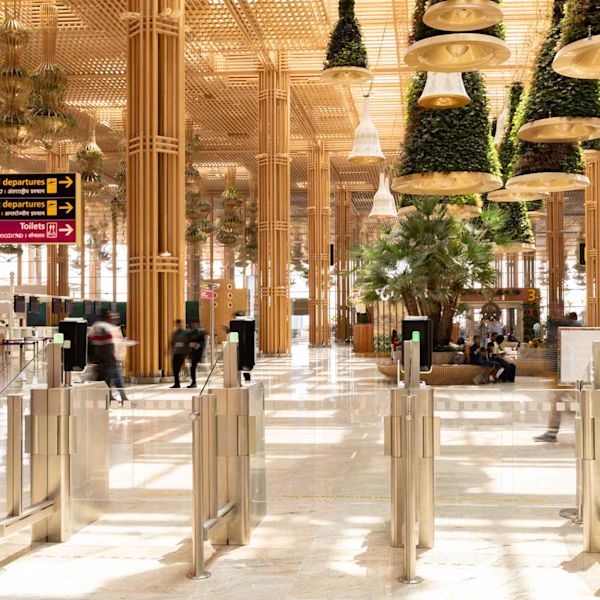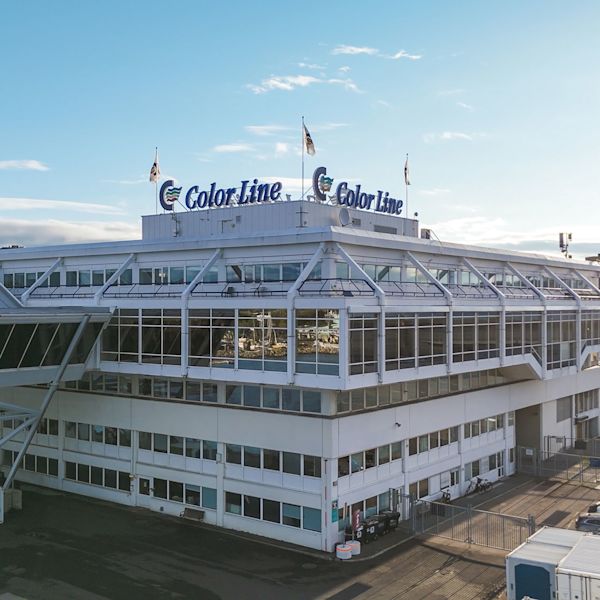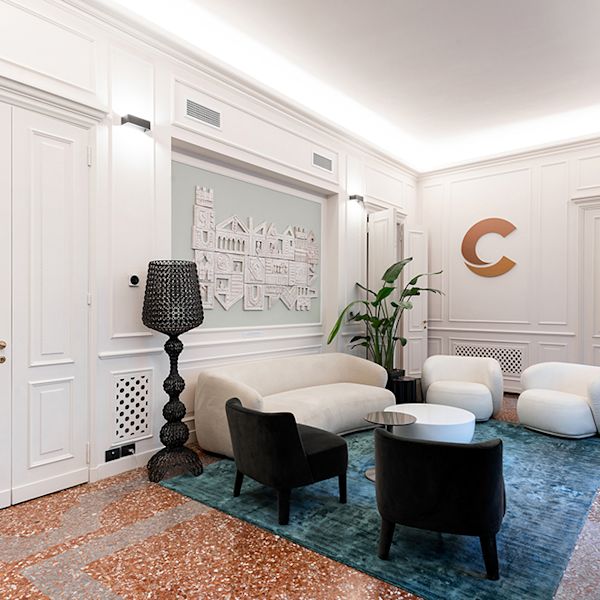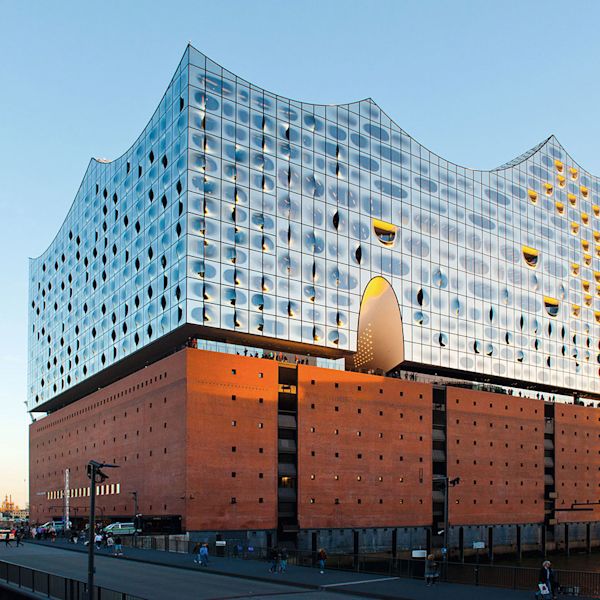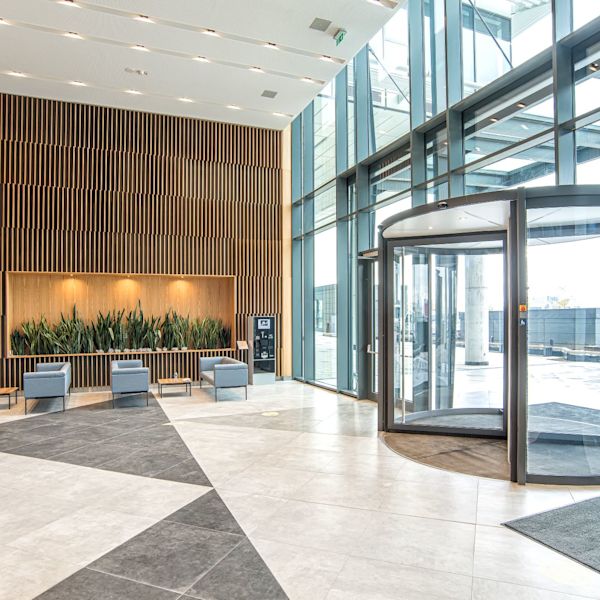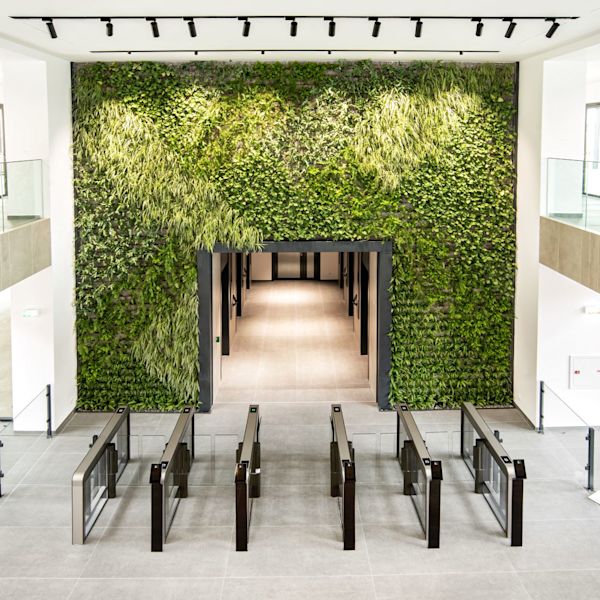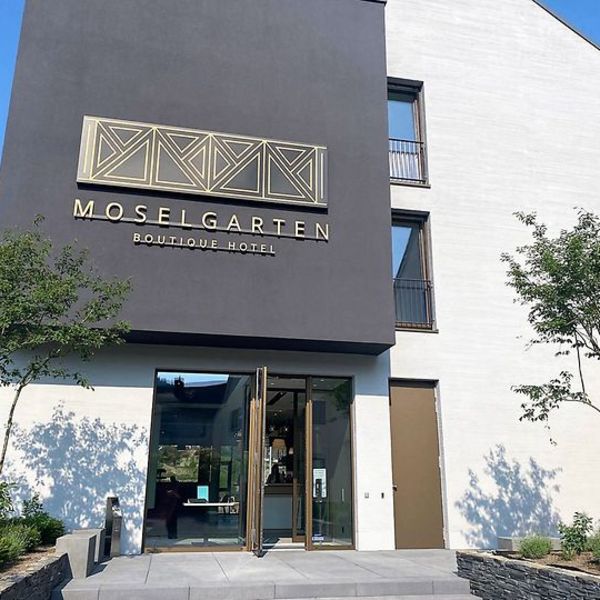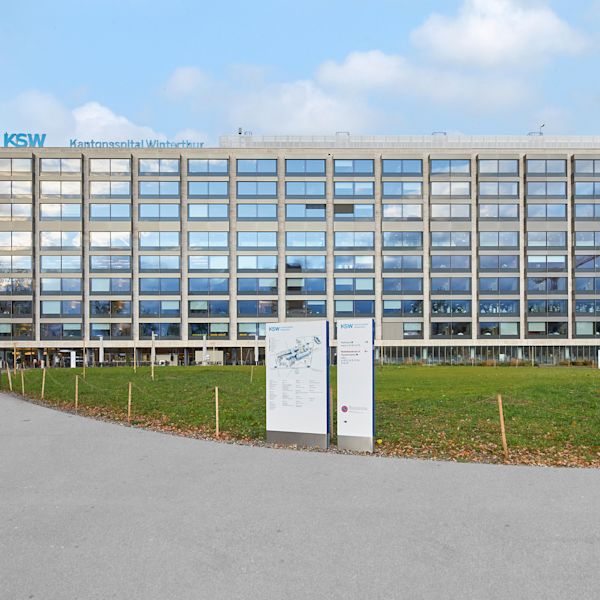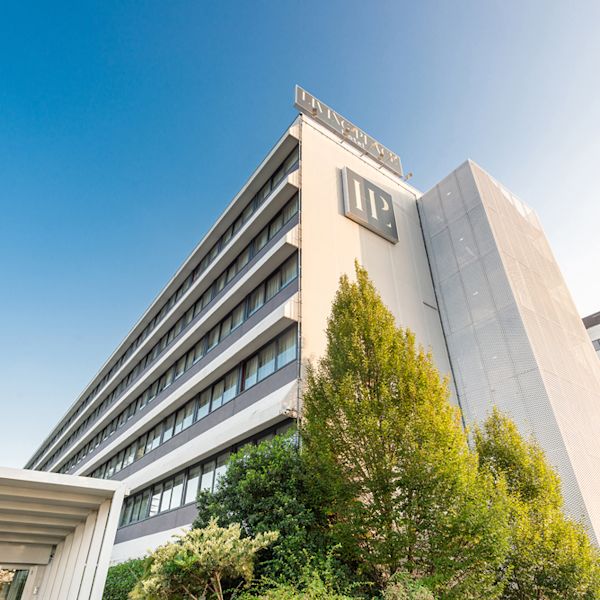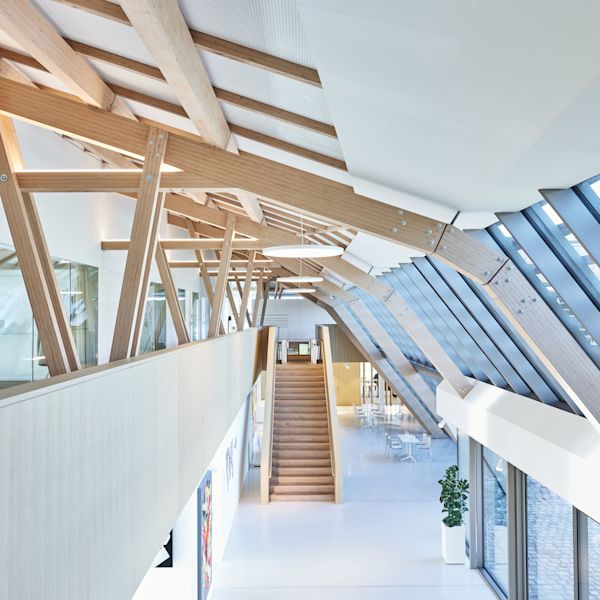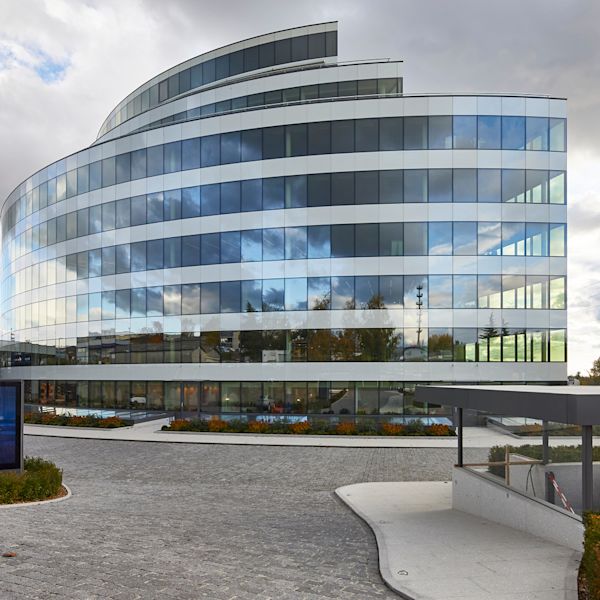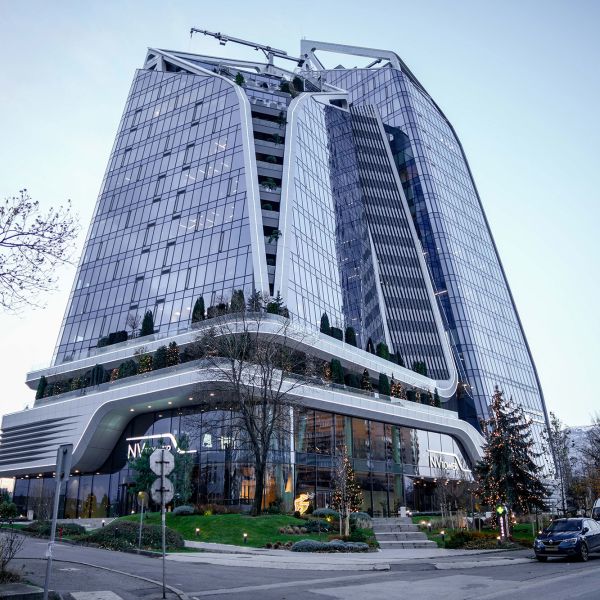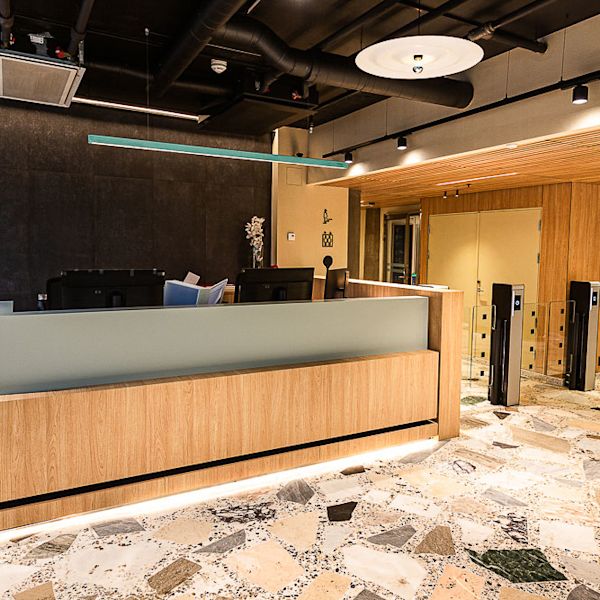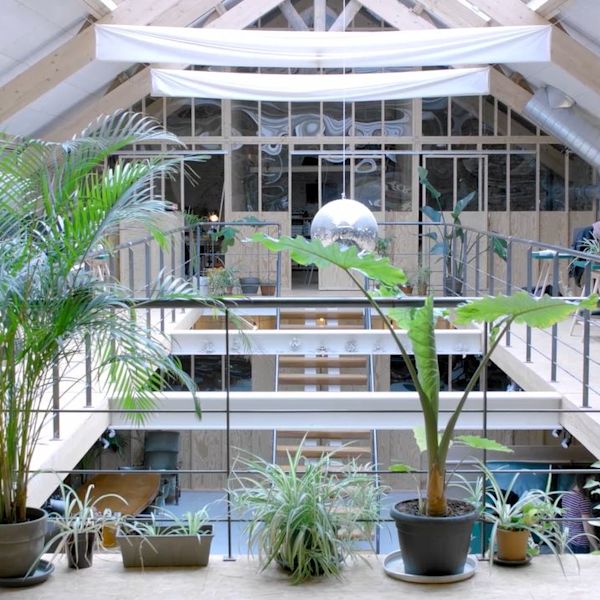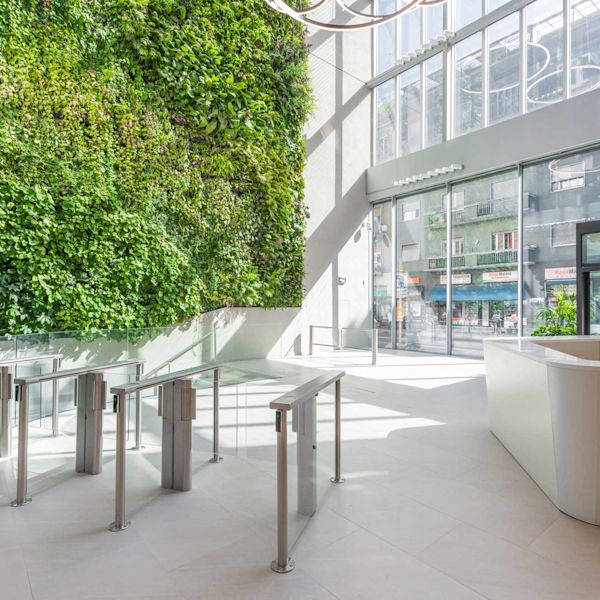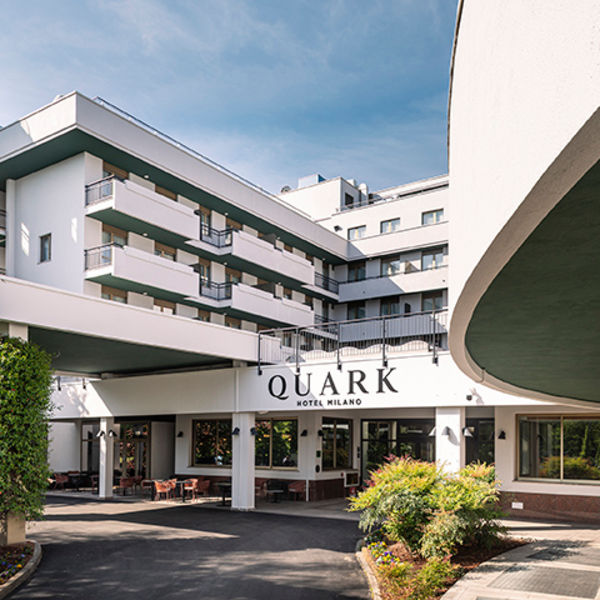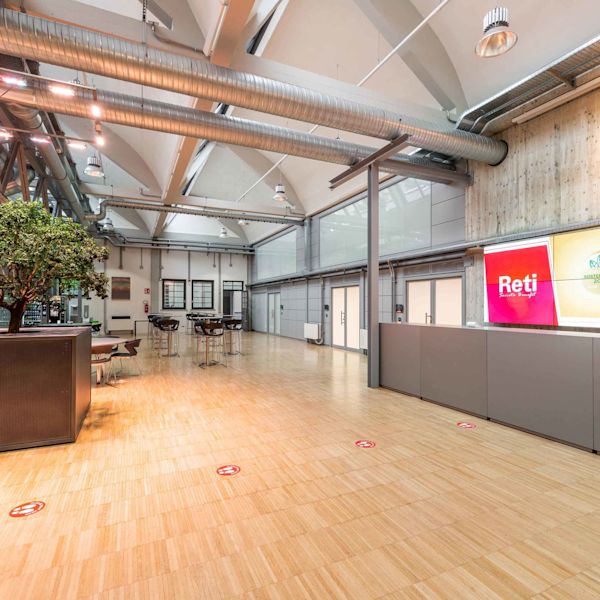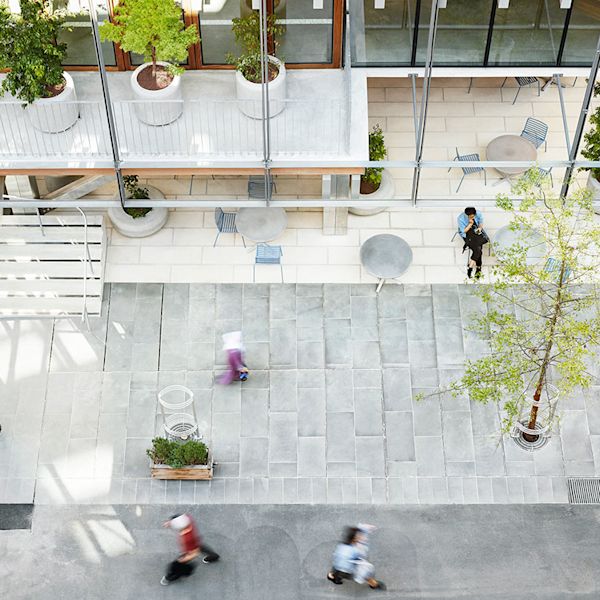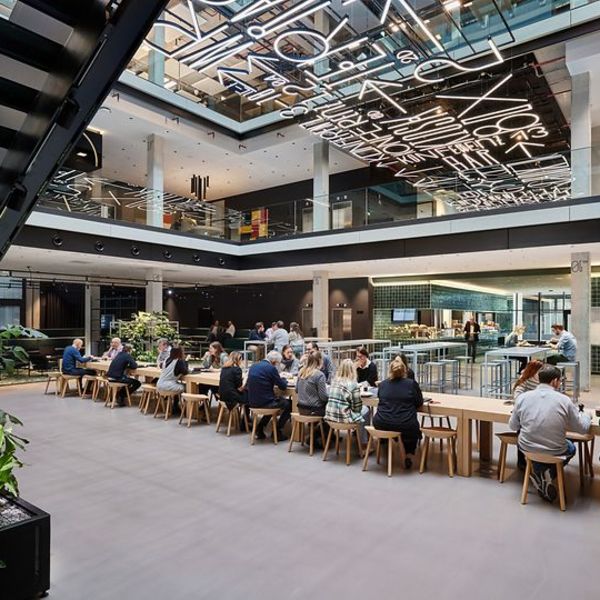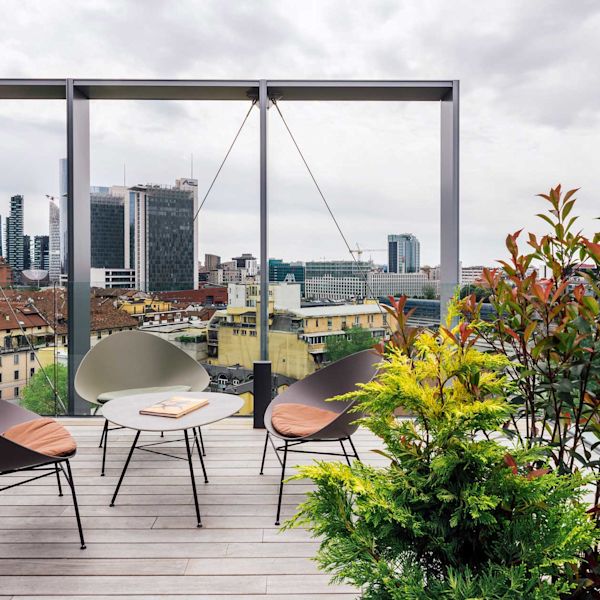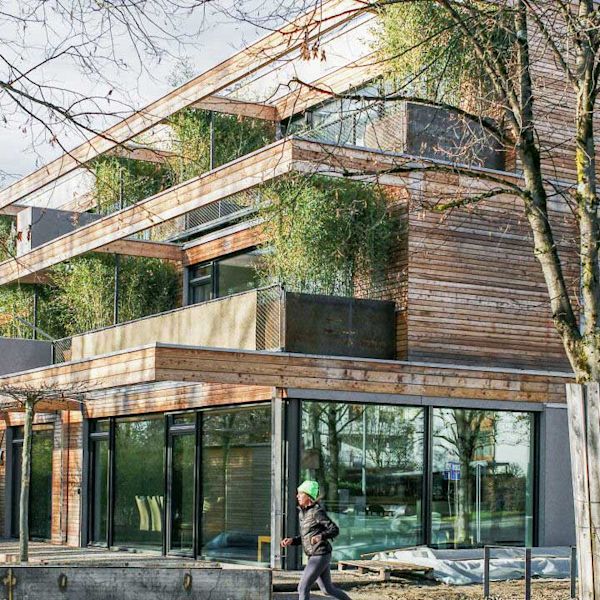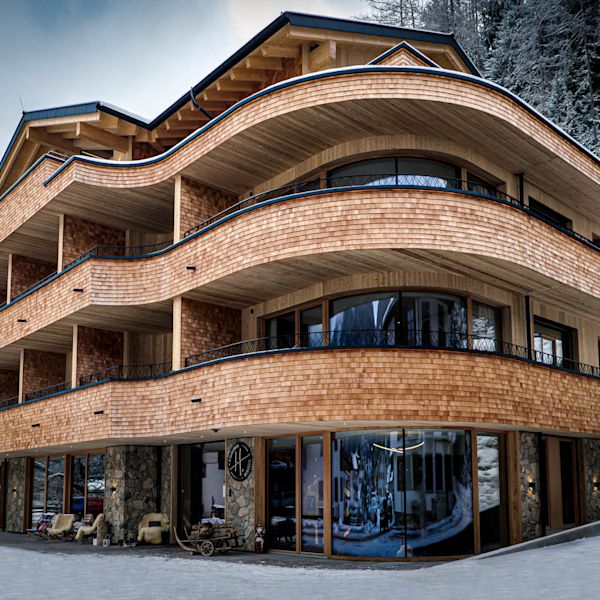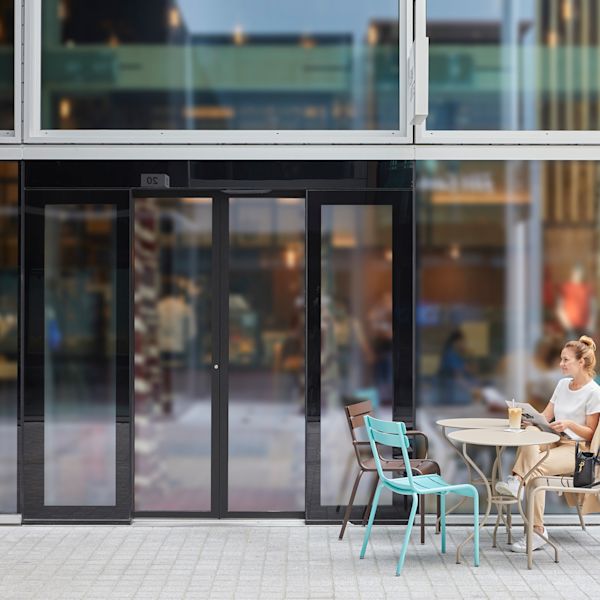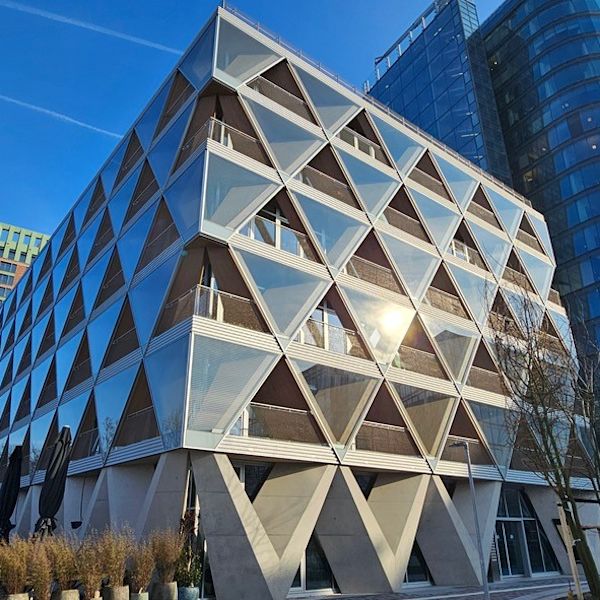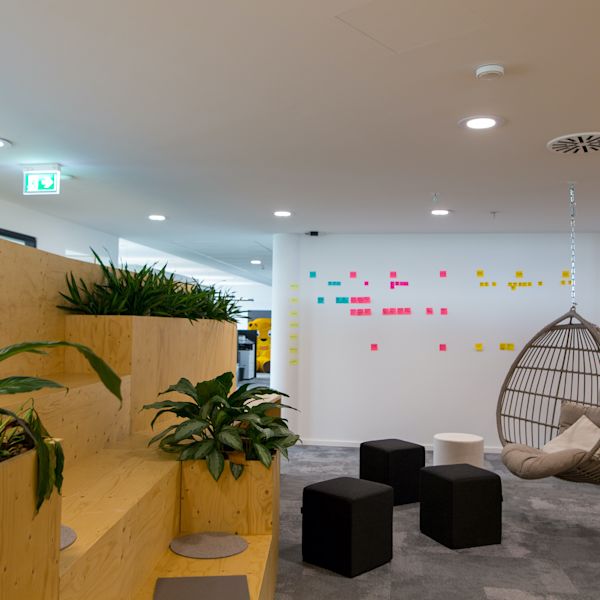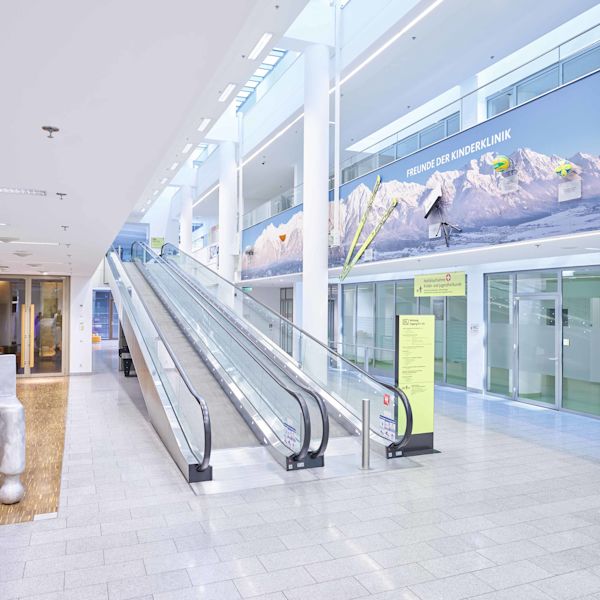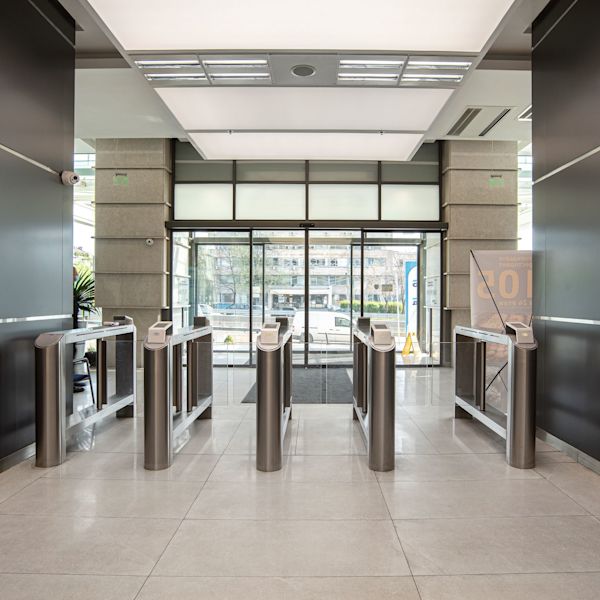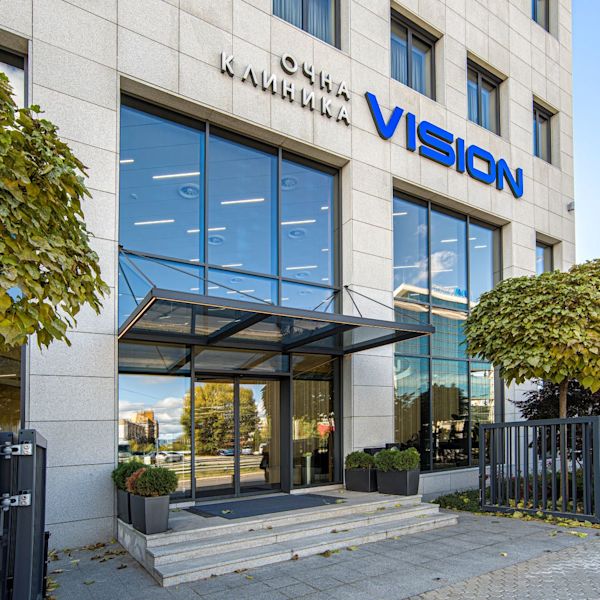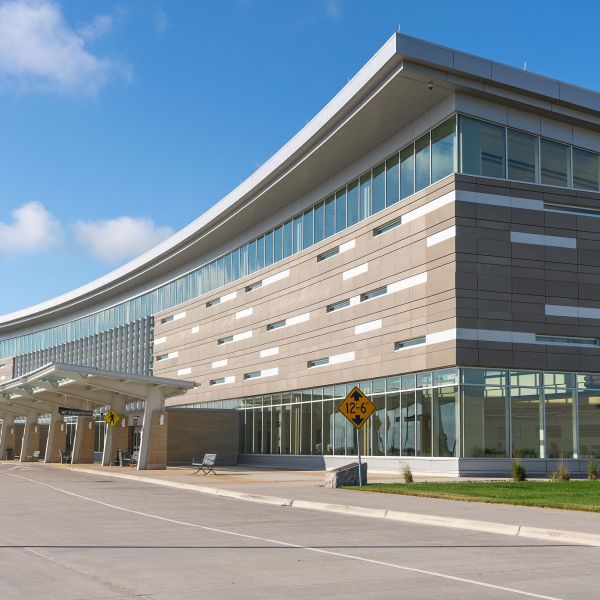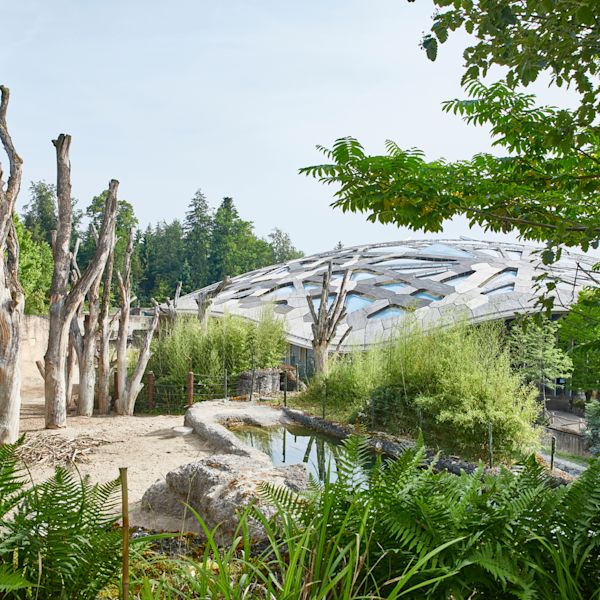Increased accessibility facilitates coordination of patients and saves lives

Smart doors and barrier-free access for the hospital of the future
Walking into Royal Adelaide Hospital, it would be easy to forget that this is a medical facility: with large windows, single rooms with ensuite bathrooms, artwork, automatic doors and a restorative courtyard, the hospital would appear to have more in common with a hotel than a care facility. This is the defining principle when it comes to the future of healthcare: to provide a welcoming space for human-centered healing.
With 800 beds and 40 operating theaters, the hospital serves 85,000 inpatients and 400,000 outpatients each year. The patient’s journey to health is integral to each stage – and barrier-free access is a core element of this.
Location: Port Road, Adelaide, Australia
Completion: 2017
Architects: STH Health Architecture, DesignInc
Challenges
How can a hospital ensure the efficient flow of both patients and staff?
Automatic, touchless doors ensure that critical areas and services of the hospital is accessible in under two minutes
Daily use of reliable door operators
Barrier-free smart door solutions providing accessibility for staff, patients and visitors at all times
Thorough planning to identify access solutions that meet the client’s requirements in full
Regular maintenance to keep the automatic sliding doors in perfect operation

Details
The future of healthcare calls
Technology & design
At the main entrance, visitors are greeted by a light-filled, two-story glass atrium. Doctors can enjoy downtime on open-air terraces, while patients on the road to recovery can exercise in the hospital’s sky gardens – all aided by a barrier-free design. Fleets of robots deliver meals, clean linen and sanitized surgical tools throughout the facility. From cutting-edge technology to efficient design and a patient-centric approach, innovation is the theme that unites all aspects of the Royal Adelaide Hospital.
Hygiene & accessibility
Smart doors with a touchless design (especially for bathrooms) eliminate the need for door handles, thereby minimizing the transmission of germs. Automatic swinging doors and sliding door operators enable patients using crutches or wheelchairs to move with ease throughout the hospital. The same smart doors, paired with automated access control systems, can also protect patients who are unable to move safely through the hospital on their own or who would otherwise try to leave unaccompanied.
Energy efficiency & green spaces
The hospital has leveraged green technology to reduce greenhouse gas emissions by 50 percent, including by installing energy-efficient fittings, optimizing natural light and harvesting rainwater. Automatic sliding doors contribute to reducing energy consumption. Meanwhile, thermal insulation makes reducing day-to-day energy and heating costs and cutting carbon emissions possible. Outside, the hospital provides just under four hectares of landscaped parks and internal green space for patients and staff to enjoy, including over 70 courtyards, terraces and sky gardens.


